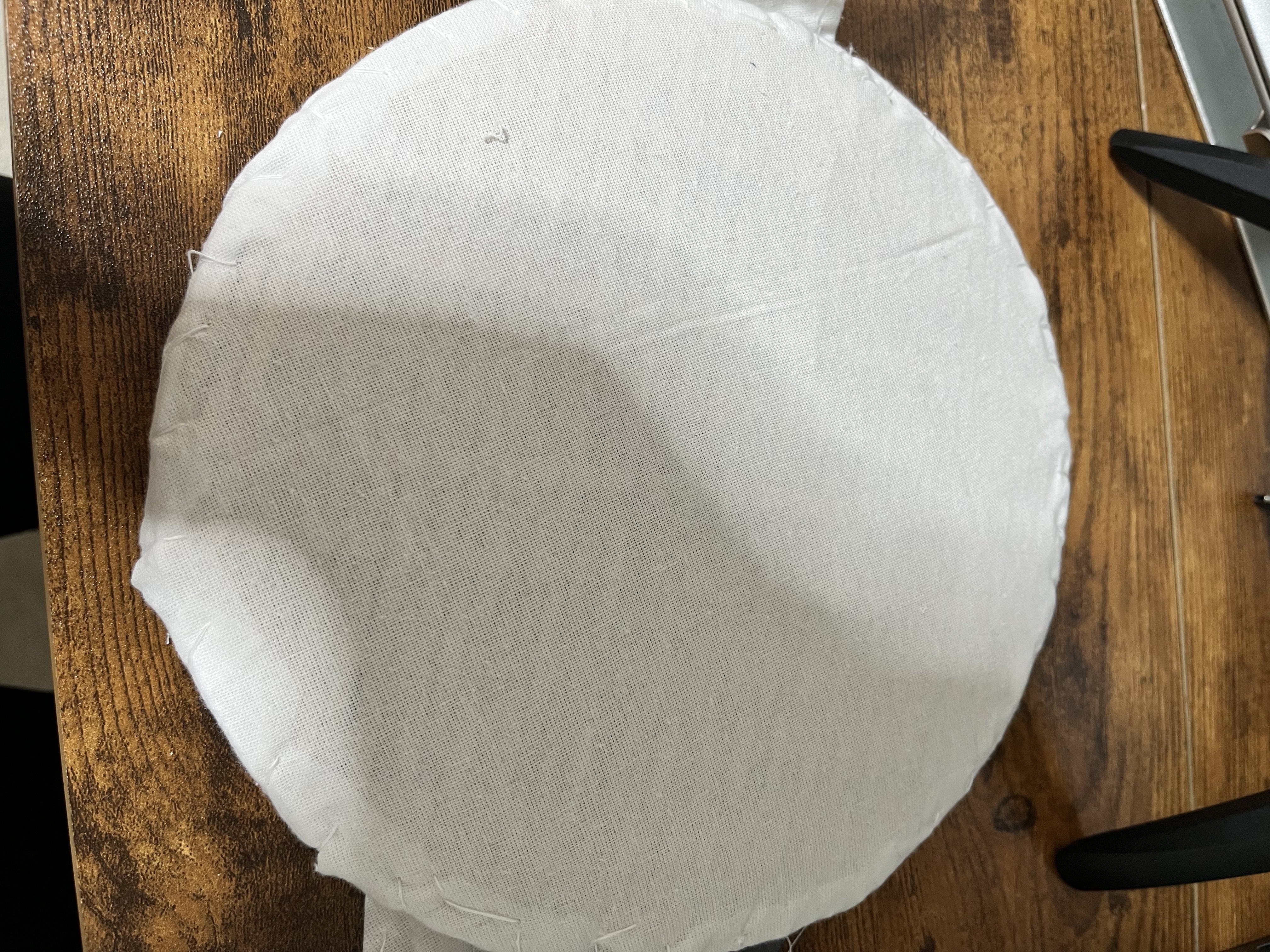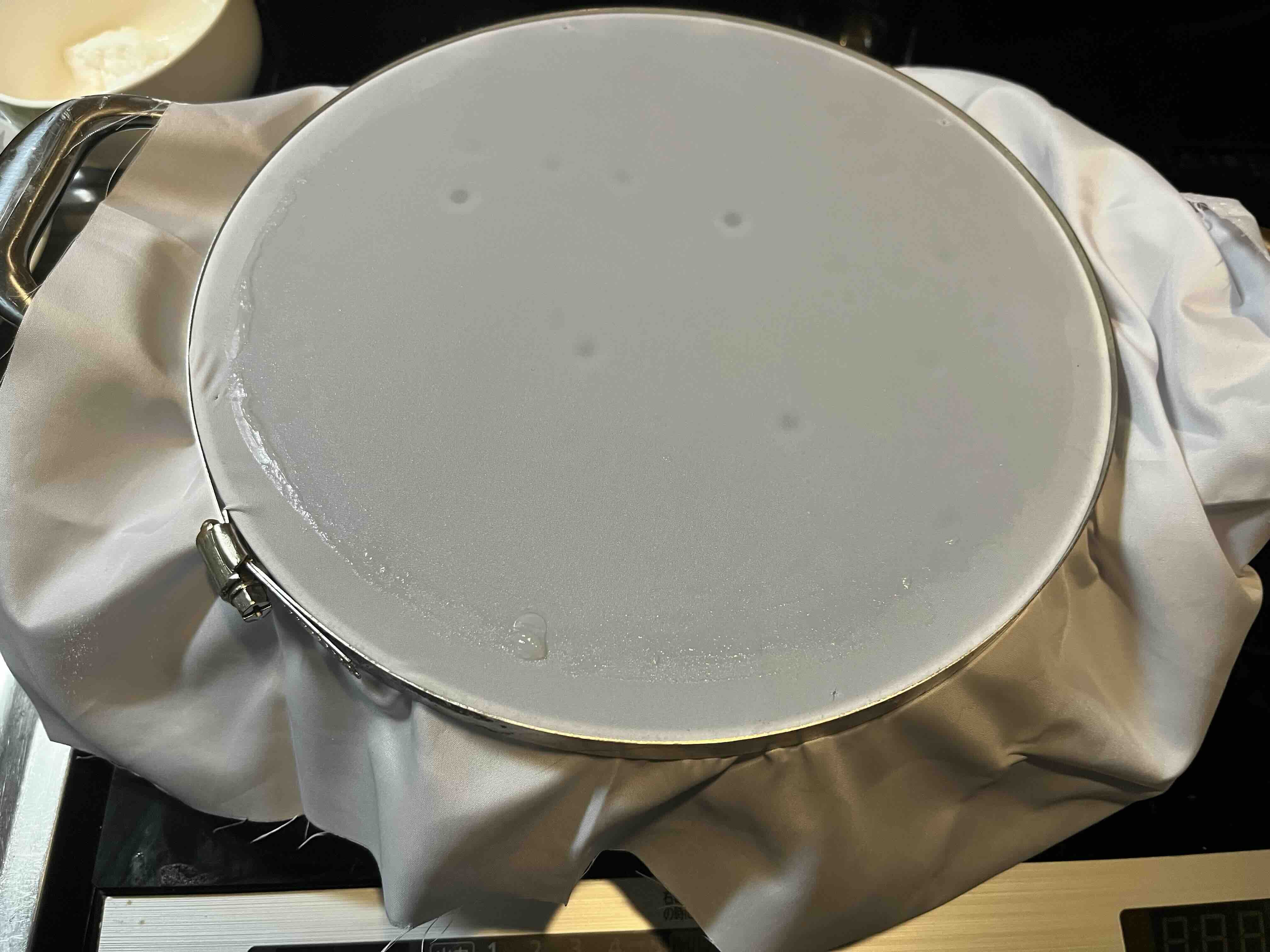
Second Noodle Experiment: Refining Pho Noodles in Japan
March 16, 2025
Second Noodle Experiment: Refining Pho Noodles in Japan
Starting with the Rice
First, I soaked 100g of Thai rice for about 8 hours. The next morning, I washed the rice thoroughly and put it into my home blender, as I still couldn’t afford a specialized grinder. After blending, I filtered out the fine rice slurry and discarded the ungrindable parts. This left me with a smooth base to work with—or so I hoped.
Splitting the Batch
To test the impact of tapioca starch, I split the rice slurry into two equal parts:
- Batch 1: 100ml rice slurry, 350g rice flour, 50g tapioca starch, 250ml water, and 0.25g salt.
- Batch 2: 100ml rice slurry, 350g rice flour, 25g tapioca starch, 250ml water, and 0.25g salt.
I wanted to see how adjusting the tapioca starch affected the noodle texture.
DIY Steaming: Take One
This time, I crafted my own steaming tool. I bought cheap cotton cloth from a 100-yen shop and sewed it onto a thin bamboo basket, aiming to fit it over a pot I already had at home. It sounded clever—until I realized the cloth was too coarse. After steaming, the noodles clung to it like glue, making them tough to peel off without tearing.

Texture Trials
The results were telling:
- 50g tapioca starch: Too gummy—way too soft and sticky.
- 25g tapioca starch: Too brittle—the sheets cracked after steaming.
I tweaked Batch 1 by adding more rice flour to balance the 50g tapioca, aiming for harmony. After several pours, I landed on a tentative ratio: 10-15g tapioca starch per 100g rice flour seemed promising.
Drying Disaster
To avoid last time’s space issues, I built a drying rack from bamboo. But I rushed it—the noodles didn’t dry long enough. When I cut and blanched them, they turned powdery and raw-tasting. By noon, the pho broth was ready, but the noodles weren’t. I gave up and used store-bought ones for a family lunch.
Plan B: Pan Method
That afternoon, I tried a new approach: pouring batter into an oiled frying pan. It cooked faster and released easily, but the uneven bottom made thin, uniform sheets impossible. These noodles still weren’t edible—I abandoned a bowl of batter in frustration.
The Game Changer
After dinner, my wife and I chatted. I was ready to call it a day, but she remembered something: two years ago, her mom gave us tools for making Vietnamese bánh cuốn when we visited Vietnam. She dug out a smooth, glossy cloth, a metal ring to stretch it over a pot, and a thin bamboo stick to lift the sheets. This was the upgrade I’d been missing.

Progress, But Not Perfection
I tested the leftover batter with the new setup. The smooth, taut cloth let me spread the batter evenly, and after steaming, the sheets lifted off effortlessly—no tearing! I dried them overnight on my bamboo rack. The next morning, some thin spots were too crisp, while thicker ones held their shape better. I was hopeful—until I added them to the broth. They broke apart and lacked the chewiness I craved. Close, but not there yet.
Lessons Learned
This round gave me valuable insights:
- The ratio of tapioca starch should be 10-15g per 100g of rice flour, but it needs more testing.
- Using a smooth, shiny, and tightly stretched cloth makes steaming the noodles easier.
- Drying time, room temperature, and humidity are critical—I rushed it this time.
- Since the noodles are handmade and hand-cut, they should only be briefly blanched; but even then, they’re not sturdy enough for broth yet.
Next time, I’ll refine the drying process and tweak the batter further. The quest for Nam Định Pho noodles in Japan continues—stay tuned!